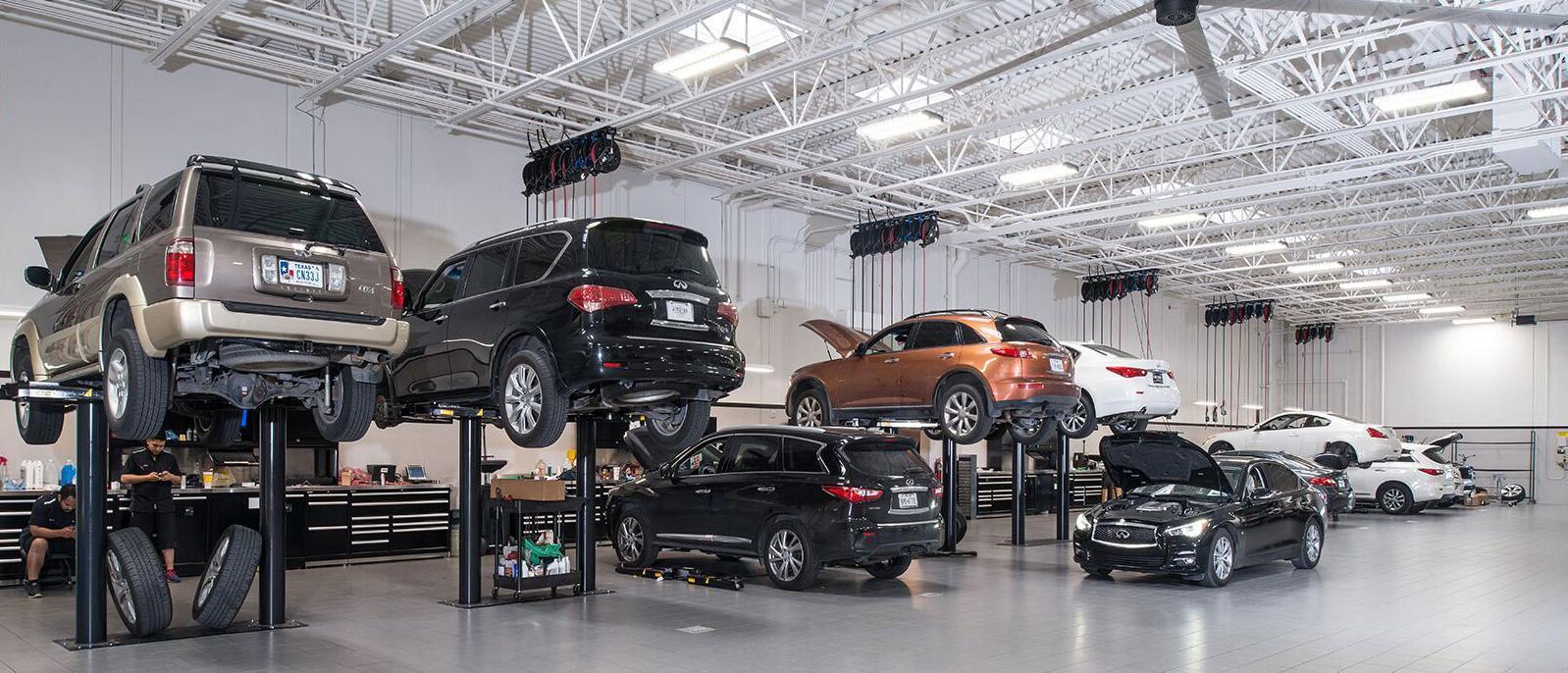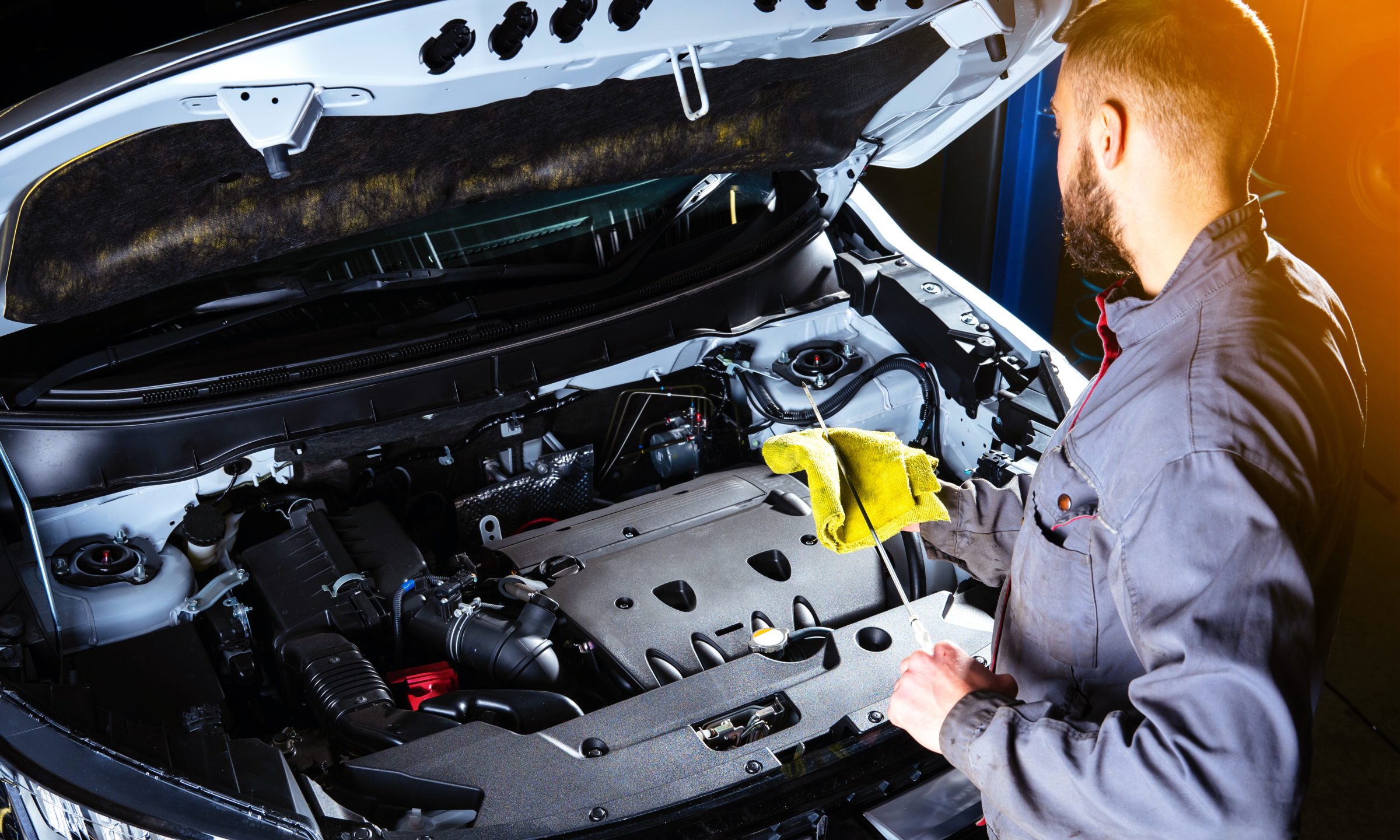All Categories
Featured
When your vehicle calls for substitutes or repairs, among one of the most important decisions you'll require to make is whether to use Original Equipment Producer (OEM) parts or aftermarket components. Both choices feature their own benefits and negative aspects, and picking the right one can considerably impact the efficiency, longevity, and price of your automobile fixing. Right here's an overview to assist you make a notified choice between OEM and aftermarket components.
![]()
What Are OEM Components? When it was constructed, OEM components are made by the very same manufacturer that produced the initial elements in your car. These parts are developed particularly for your make and model, ensuring a perfect fit and matching the specs of the initial elements. For instance, if you have a Ford lorry, an OEM component would be made by Ford or an authorized Ford provider.
Among the main benefits of OEM components is their assured quality and compatibility. OEM components are much more likely to operate well and last as lengthy as the initial part due to the fact that they are designed to meet the maker's exact standards. In a lot of cases, they feature guarantees that guarantee your complete satisfaction. Additionally, using OEM parts can assist maintain the resale value of your vehicle because prospective customers frequently choose cars and trucks that have been repaired with initial components.
What Are Aftermarket Parts? Aftermarket components are produced by third-party manufacturers and are created to fit a selection of vehicles, not simply one specific make or model. These parts are commonly less costly than OEM parts due to the fact that they are created in greater volumes, and the producers do not birth the same development costs as the original makers.
While aftermarket parts are created to be compatible with most cars, the top quality can vary relying on the brand name and supplier. Some aftermarket components are top notch and give similar performance to OEM components, while others may be made with more affordable products and may not execute as well or last as lengthy.
![]()
Benefits of OEM Parts. Surefire High Quality and Fit: Since OEM components are made by the lorry's maker, they're assured to satisfy the precise specifications of the original components. This makes sure a specific fit and optimal performance. Service warranty: OEM components frequently include a manufacturer's warranty, supplying comfort and security against problems. Resale Value: Vehicles fixed with OEM parts are typically a lot more eye-catching to purchasers, which can assist maintain and even enhance the resale value of your car. Long life: OEM parts are generally built to last as long as the initial parts, implying you may have less issues and substitutes in the future. Benefits of Aftermarket Components. Lower Price: Aftermarket parts are commonly extra affordable than OEM parts, making them an appealing choice for those looking to conserve cash on repair work. Variety: There is a broader variety of aftermarket parts readily available, including upgraded or performance-enhancing choices that may not be readily available in OEM parts. This is particularly eye-catching to car enthusiasts that want to change their vehicle. Accessibility: Aftermarket components are commonly offered and often much easier to find than OEM components, which can be particularly valuable for older automobiles or hard-to-find parts. Technology: Lots of aftermarket parts are designed with renovations or included functions that improve the lorry's performance or appearance, such as high-performance brake pads or exhaust systems. Downsides of OEM Components. Higher Expense: OEM components are typically more costly than aftermarket alternatives, which can be a considerable variable if you're on a spending plan. Limited Options: OEM components might provide fewer alternatives for personalization or efficiency upgrades contrasted to aftermarket parts. Disadvantages of Aftermarket Parts. Irregular Top quality: Aftermarket components can differ commonly in terms of quality. Some manufacturers produce parts that perform equally as well as OEM components, while others may cut edges to save costs. Fitment Issues: While aftermarket components are designed to fit most cars, they may not always be an exact match for your car, bring about prospective compatibility problems. Guarantee Limitations: Aftermarket parts may not feature warranties or may provide limited security, which could result in additional costs if the part fails prematurely. How to Choose In Between OEM and Aftermarket Components. When determining between OEM and aftermarket components, there are a number of aspects to consider:
Budget plan: If cost is a primary problem, aftermarket components may be the better option because of their reduced rate. However, if you can manage it and are concerned concerning lasting integrity, OEM parts may be worth the investment. Lorry Age and Problem: If you own a newer lorry that's still under warranty, making use of OEM parts could be the finest option to preserve the car's honesty and maintain its resale worth. For older vehicles, aftermarket components can be an affordable solution to keep the automobile operating. Performance and Customization: If you're interested in enhancing your vehicle's performance or appearance, aftermarket parts provide even more selection and alternatives for upgrades. Maker Suggestions: Some automobile producers might require the use or suggest of OEM components for certain repair services, particularly for safety-related parts like airbags or brake systems. Always consult your owner's manual or an expert technician for guidance. Verdict. Inevitably, the decision in between OEM and aftermarket components depends on your particular needs, preferences, and spending plan. While OEM parts provide a guaranteed fit and greater quality, aftermarket parts can supply price savings and a wider variety of alternatives. By very carefully taking into consideration variables like price, vehicle age, and preferred performance, you can make the most effective option for your automobile repairs, making sure that your automobile remains in excellent working problem without breaking the bank.

What Are OEM Components? When it was constructed, OEM components are made by the very same manufacturer that produced the initial elements in your car. These parts are developed particularly for your make and model, ensuring a perfect fit and matching the specs of the initial elements. For instance, if you have a Ford lorry, an OEM component would be made by Ford or an authorized Ford provider.
Among the main benefits of OEM components is their assured quality and compatibility. OEM components are much more likely to operate well and last as lengthy as the initial part due to the fact that they are designed to meet the maker's exact standards. In a lot of cases, they feature guarantees that guarantee your complete satisfaction. Additionally, using OEM parts can assist maintain the resale value of your vehicle because prospective customers frequently choose cars and trucks that have been repaired with initial components.
What Are Aftermarket Parts? Aftermarket components are produced by third-party manufacturers and are created to fit a selection of vehicles, not simply one specific make or model. These parts are commonly less costly than OEM parts due to the fact that they are created in greater volumes, and the producers do not birth the same development costs as the original makers.
While aftermarket parts are created to be compatible with most cars, the top quality can vary relying on the brand name and supplier. Some aftermarket components are top notch and give similar performance to OEM components, while others may be made with more affordable products and may not execute as well or last as lengthy.

Benefits of OEM Parts. Surefire High Quality and Fit: Since OEM components are made by the lorry's maker, they're assured to satisfy the precise specifications of the original components. This makes sure a specific fit and optimal performance. Service warranty: OEM components frequently include a manufacturer's warranty, supplying comfort and security against problems. Resale Value: Vehicles fixed with OEM parts are typically a lot more eye-catching to purchasers, which can assist maintain and even enhance the resale value of your car. Long life: OEM parts are generally built to last as long as the initial parts, implying you may have less issues and substitutes in the future. Benefits of Aftermarket Components. Lower Price: Aftermarket parts are commonly extra affordable than OEM parts, making them an appealing choice for those looking to conserve cash on repair work. Variety: There is a broader variety of aftermarket parts readily available, including upgraded or performance-enhancing choices that may not be readily available in OEM parts. This is particularly eye-catching to car enthusiasts that want to change their vehicle. Accessibility: Aftermarket components are commonly offered and often much easier to find than OEM components, which can be particularly valuable for older automobiles or hard-to-find parts. Technology: Lots of aftermarket parts are designed with renovations or included functions that improve the lorry's performance or appearance, such as high-performance brake pads or exhaust systems. Downsides of OEM Components. Higher Expense: OEM components are typically more costly than aftermarket alternatives, which can be a considerable variable if you're on a spending plan. Limited Options: OEM components might provide fewer alternatives for personalization or efficiency upgrades contrasted to aftermarket parts. Disadvantages of Aftermarket Parts. Irregular Top quality: Aftermarket components can differ commonly in terms of quality. Some manufacturers produce parts that perform equally as well as OEM components, while others may cut edges to save costs. Fitment Issues: While aftermarket components are designed to fit most cars, they may not always be an exact match for your car, bring about prospective compatibility problems. Guarantee Limitations: Aftermarket parts may not feature warranties or may provide limited security, which could result in additional costs if the part fails prematurely. How to Choose In Between OEM and Aftermarket Components. When determining between OEM and aftermarket components, there are a number of aspects to consider:
Budget plan: If cost is a primary problem, aftermarket components may be the better option because of their reduced rate. However, if you can manage it and are concerned concerning lasting integrity, OEM parts may be worth the investment. Lorry Age and Problem: If you own a newer lorry that's still under warranty, making use of OEM parts could be the finest option to preserve the car's honesty and maintain its resale worth. For older vehicles, aftermarket components can be an affordable solution to keep the automobile operating. Performance and Customization: If you're interested in enhancing your vehicle's performance or appearance, aftermarket parts provide even more selection and alternatives for upgrades. Maker Suggestions: Some automobile producers might require the use or suggest of OEM components for certain repair services, particularly for safety-related parts like airbags or brake systems. Always consult your owner's manual or an expert technician for guidance. Verdict. Inevitably, the decision in between OEM and aftermarket components depends on your particular needs, preferences, and spending plan. While OEM parts provide a guaranteed fit and greater quality, aftermarket parts can supply price savings and a wider variety of alternatives. By very carefully taking into consideration variables like price, vehicle age, and preferred performance, you can make the most effective option for your automobile repairs, making sure that your automobile remains in excellent working problem without breaking the bank.
Latest Posts
Discover Outstanding Vehicle Maintenance Care in Chicago – Drive with Confidence
Published May 27, 25
1 min read
Uncover Cost-Effective Auto Repairs with Montclare’s Limited-Time Service Specials
Published May 26, 25
1 min read
Find Brake Repair & More: Complete Services Guide from Montclare Auto Repair
Published May 26, 25
1 min read
More
Latest Posts
Discover Outstanding Vehicle Maintenance Care in Chicago – Drive with Confidence
Published May 27, 25
1 min read
Uncover Cost-Effective Auto Repairs with Montclare’s Limited-Time Service Specials
Published May 26, 25
1 min read
Find Brake Repair & More: Complete Services Guide from Montclare Auto Repair
Published May 26, 25
1 min read